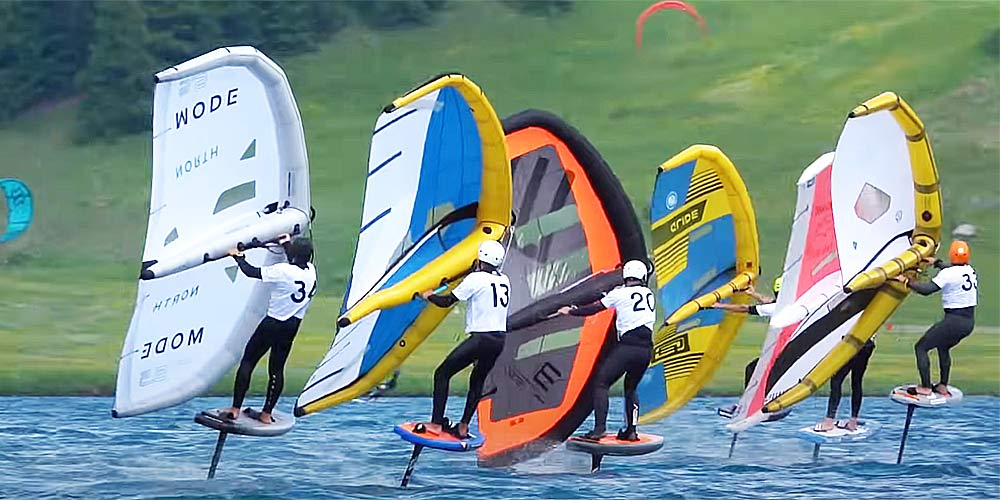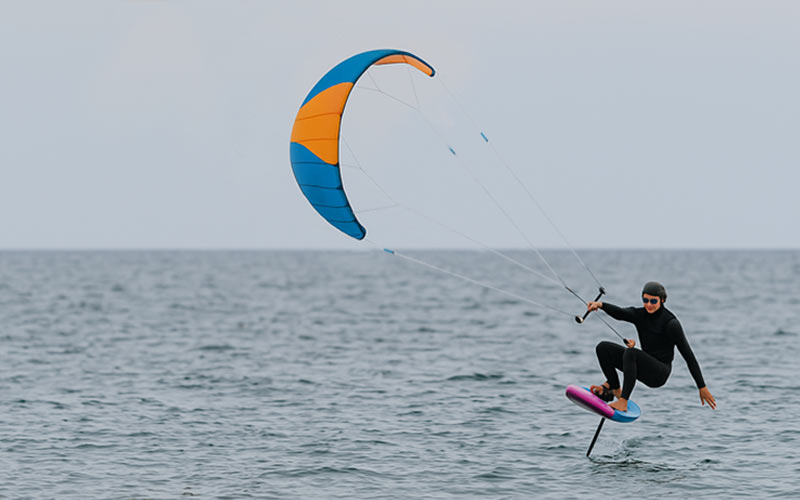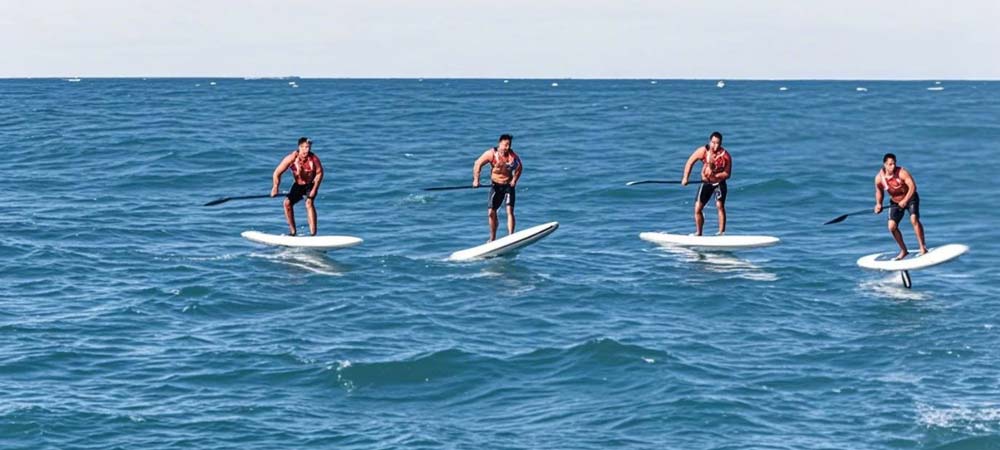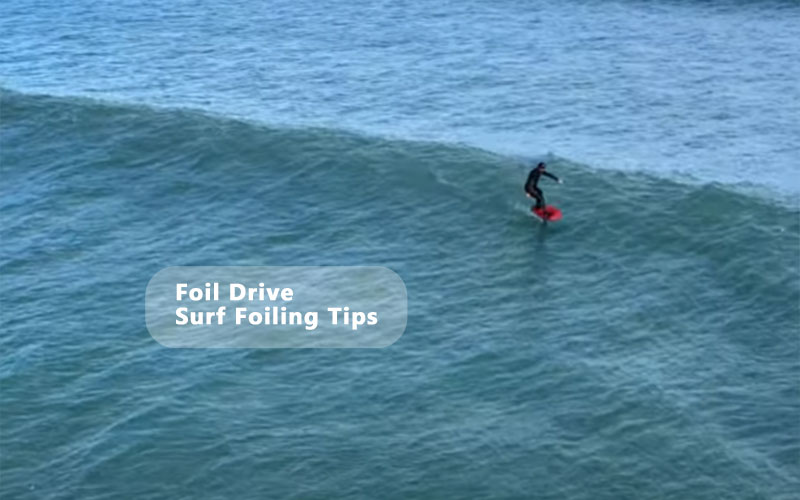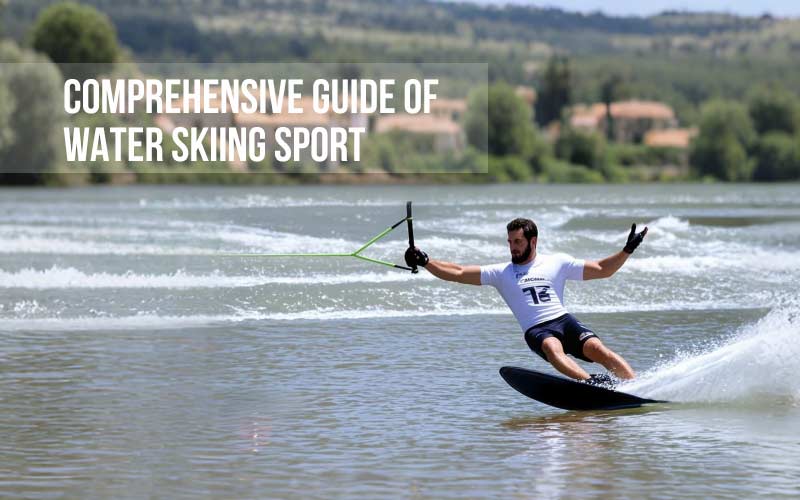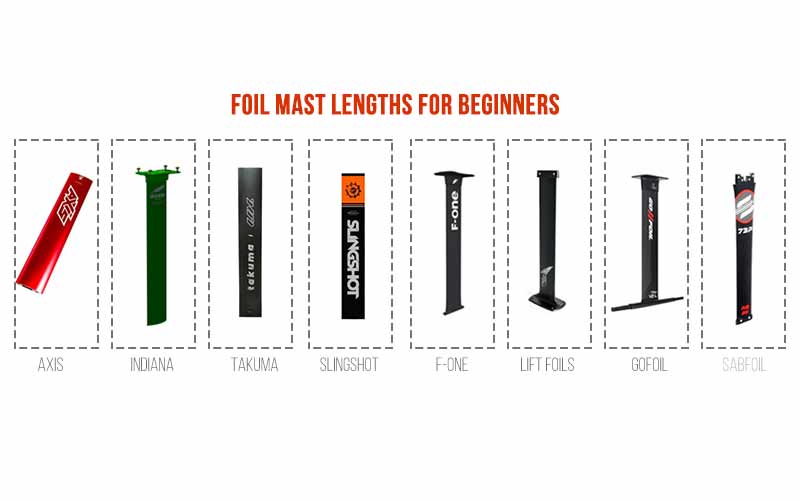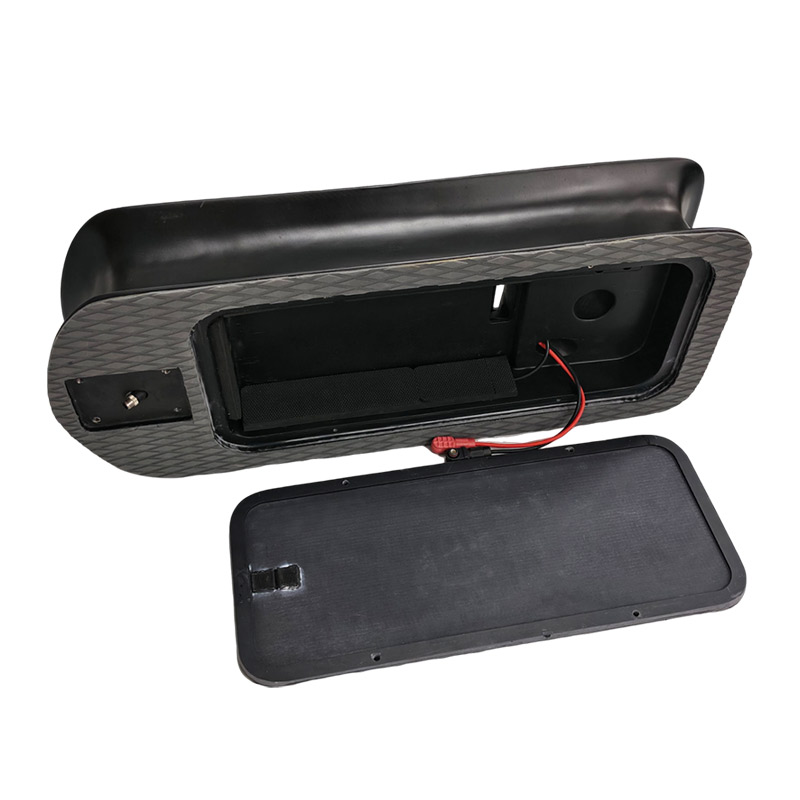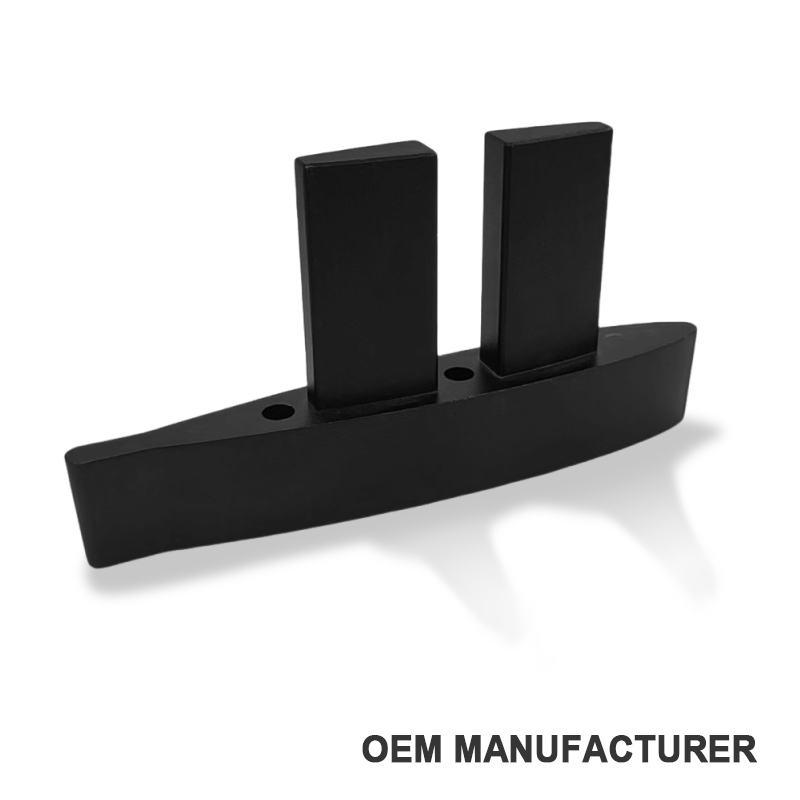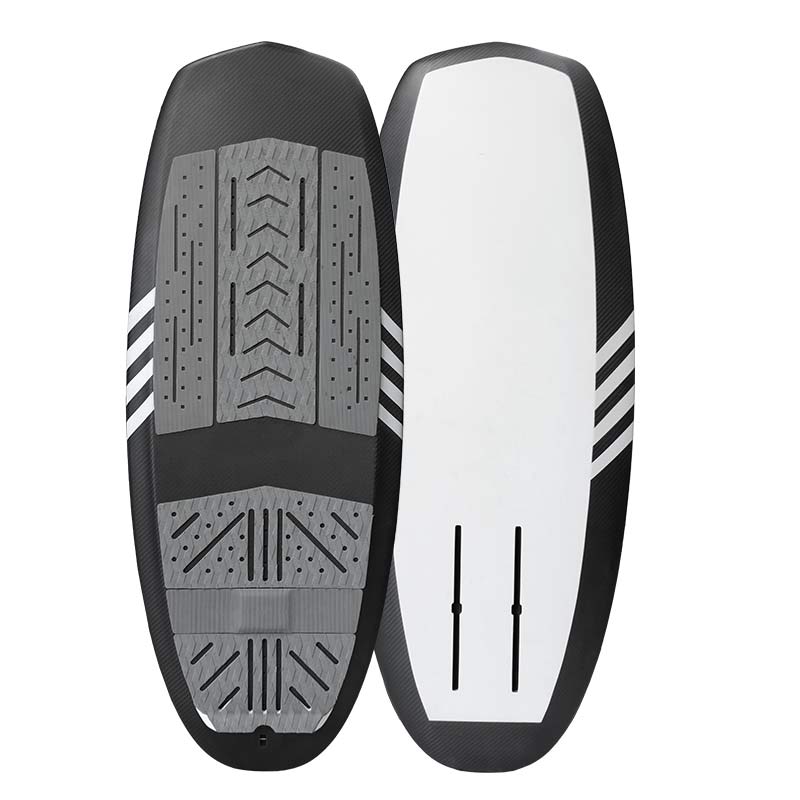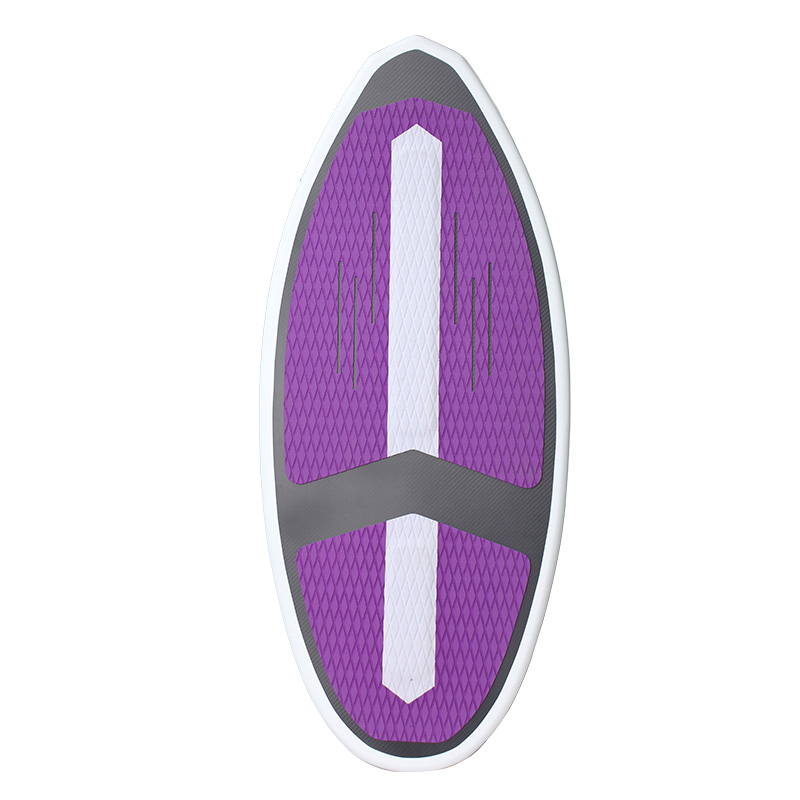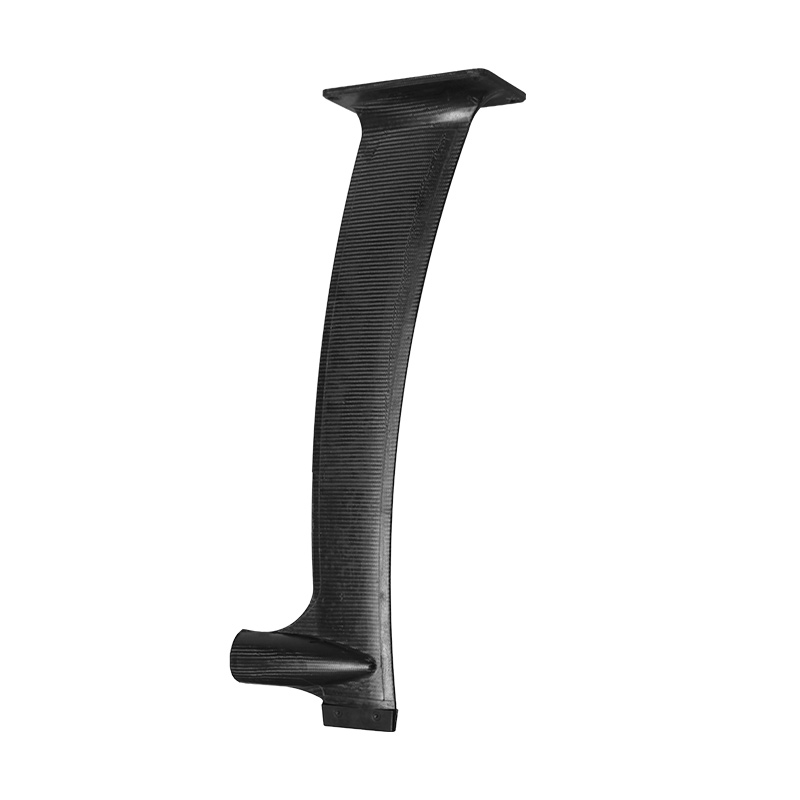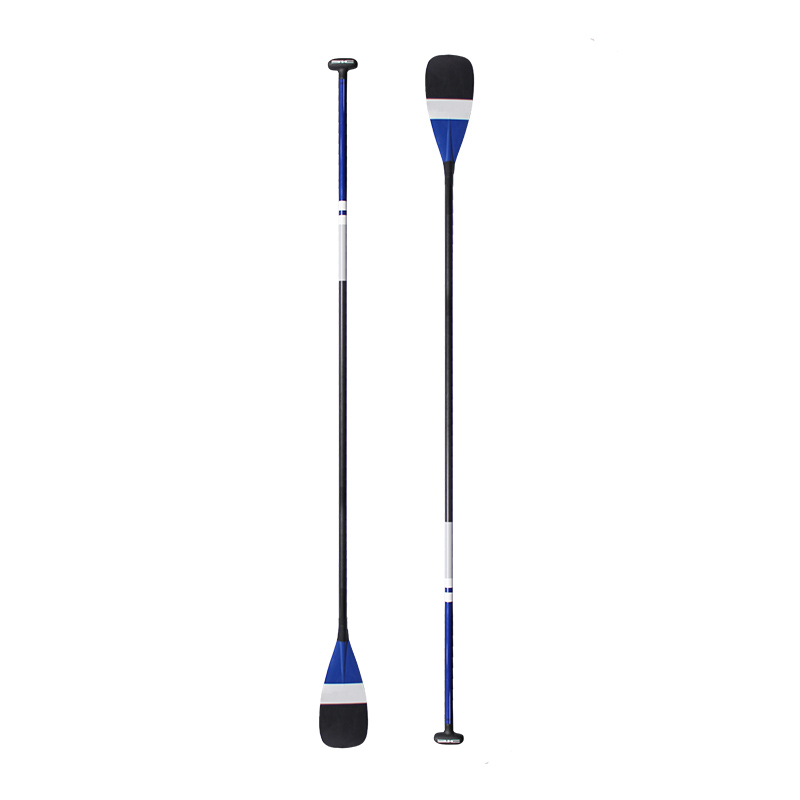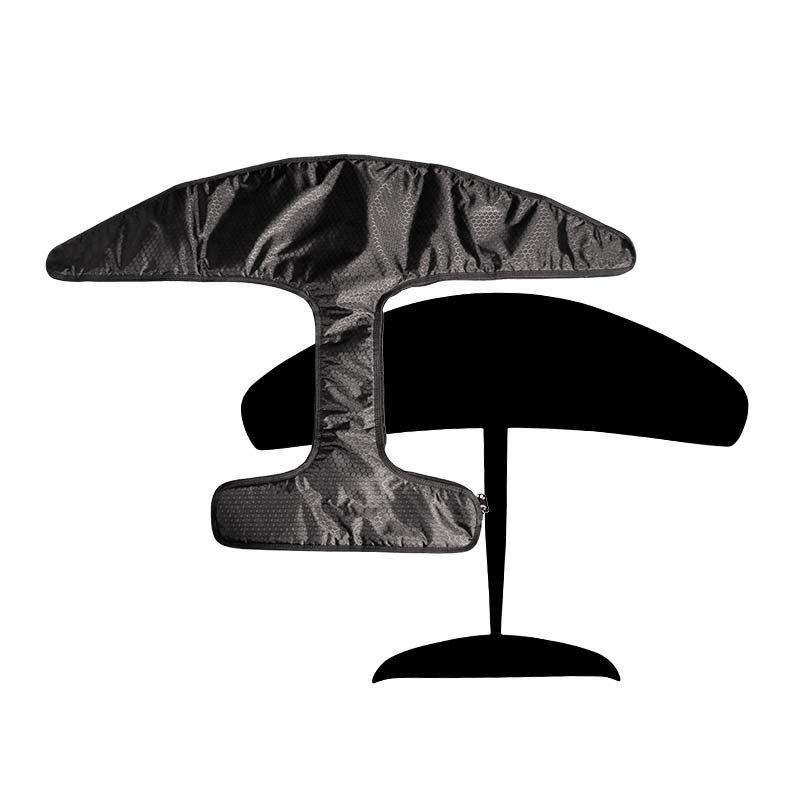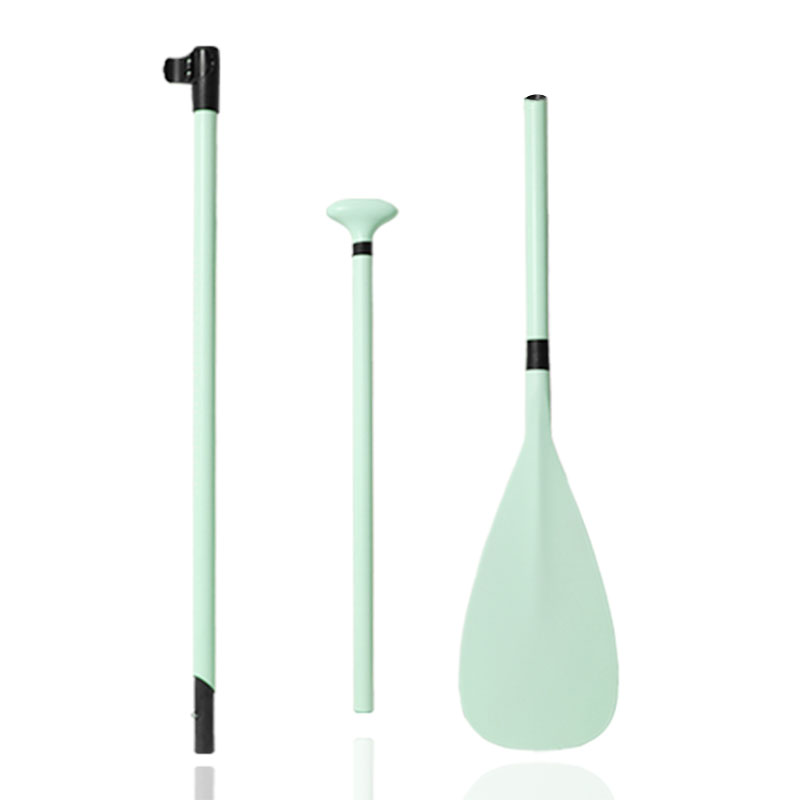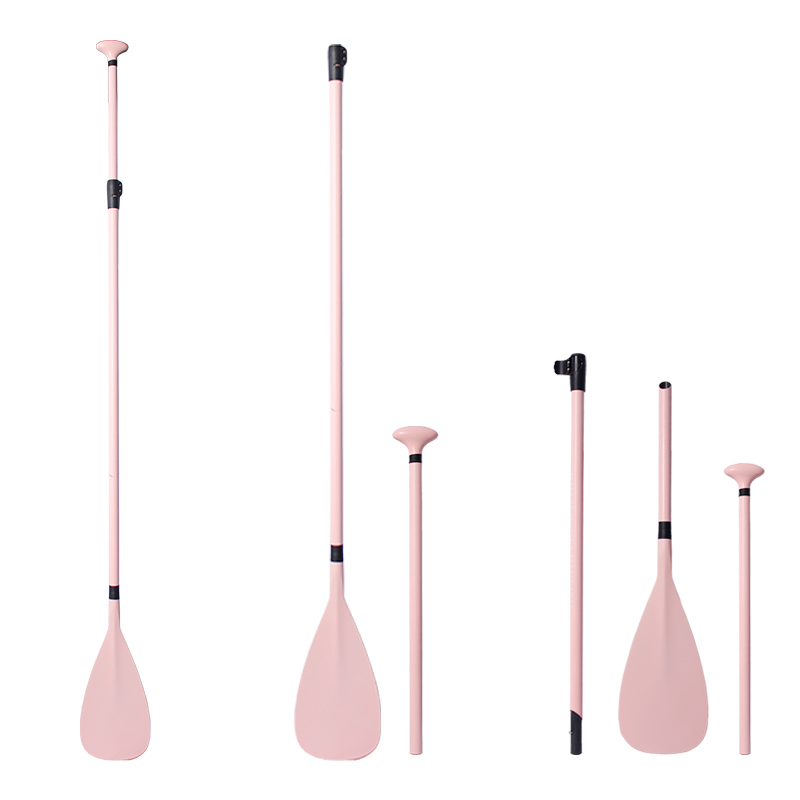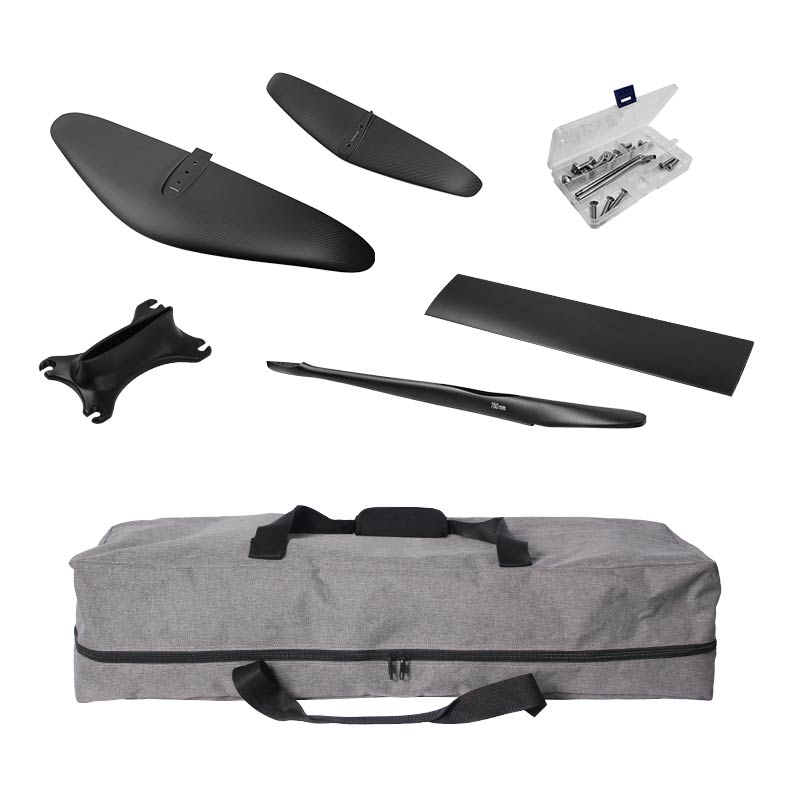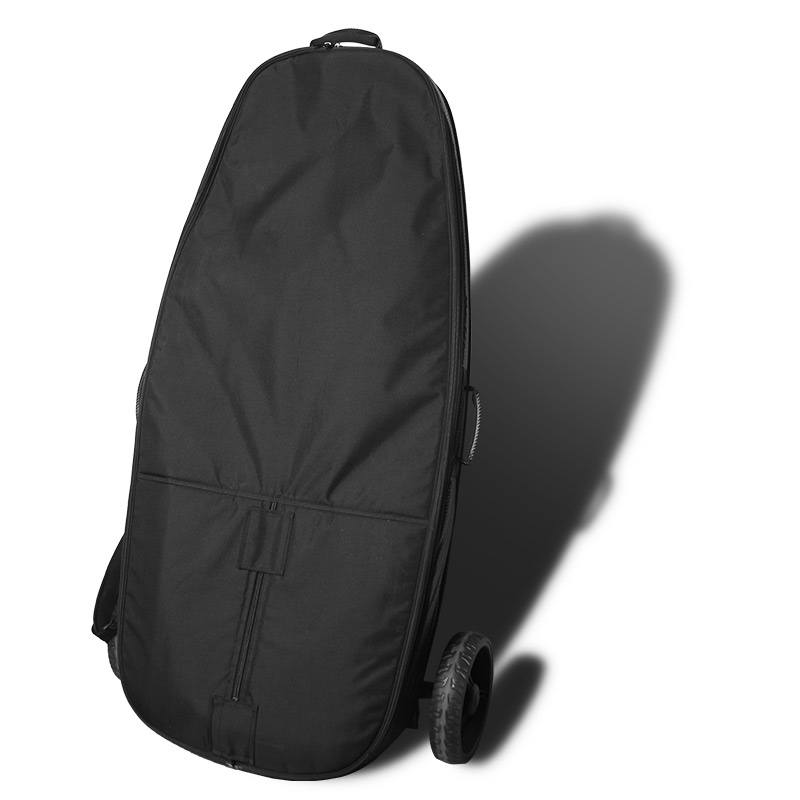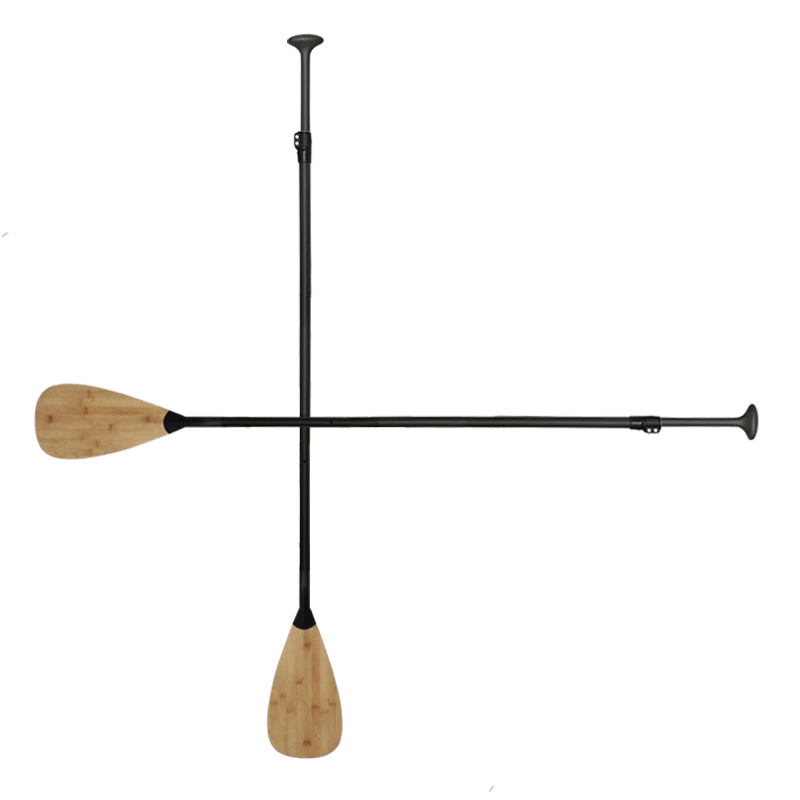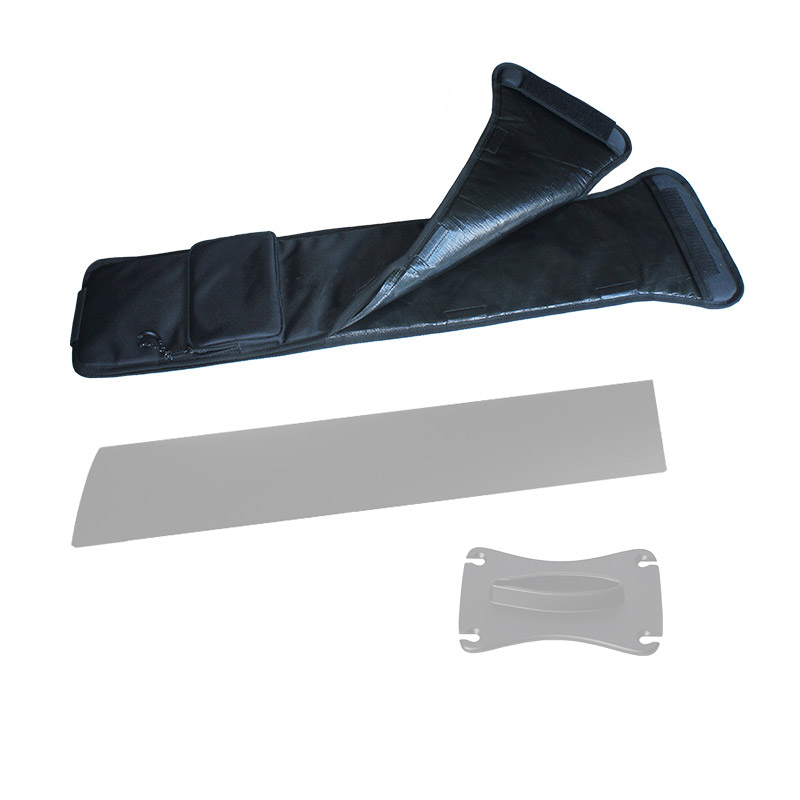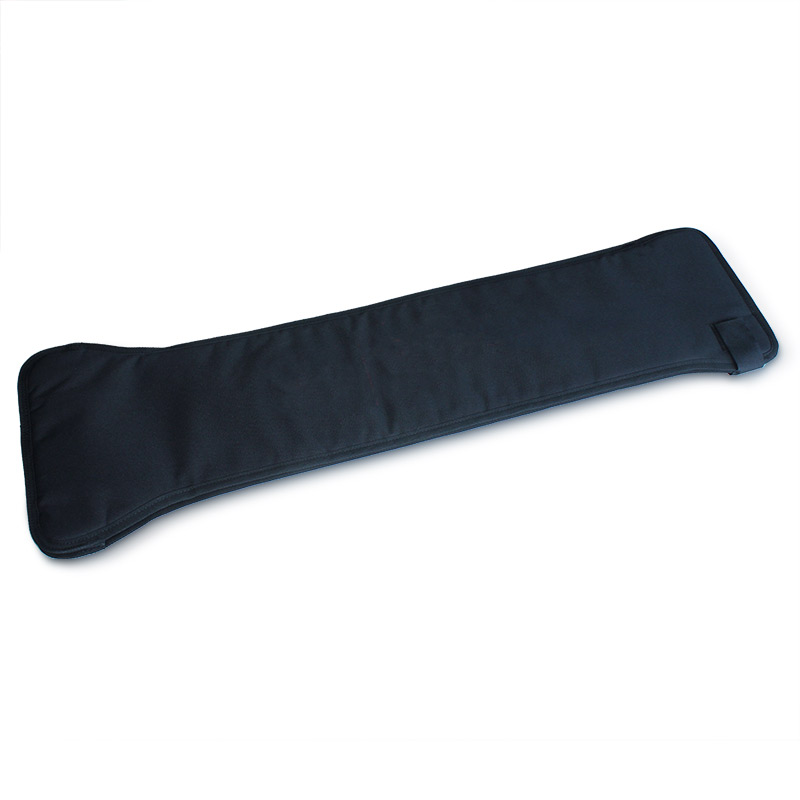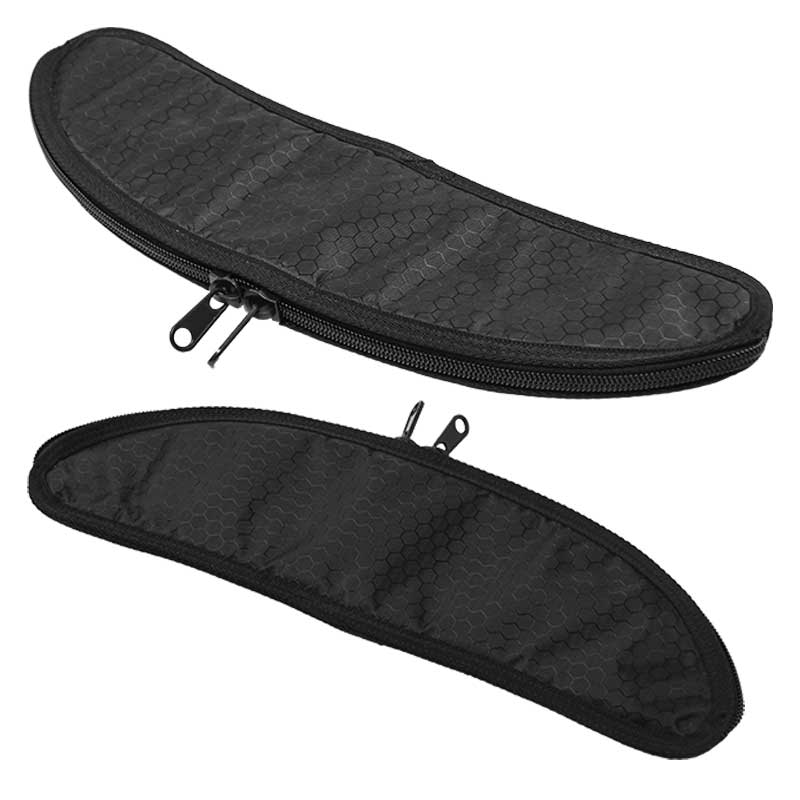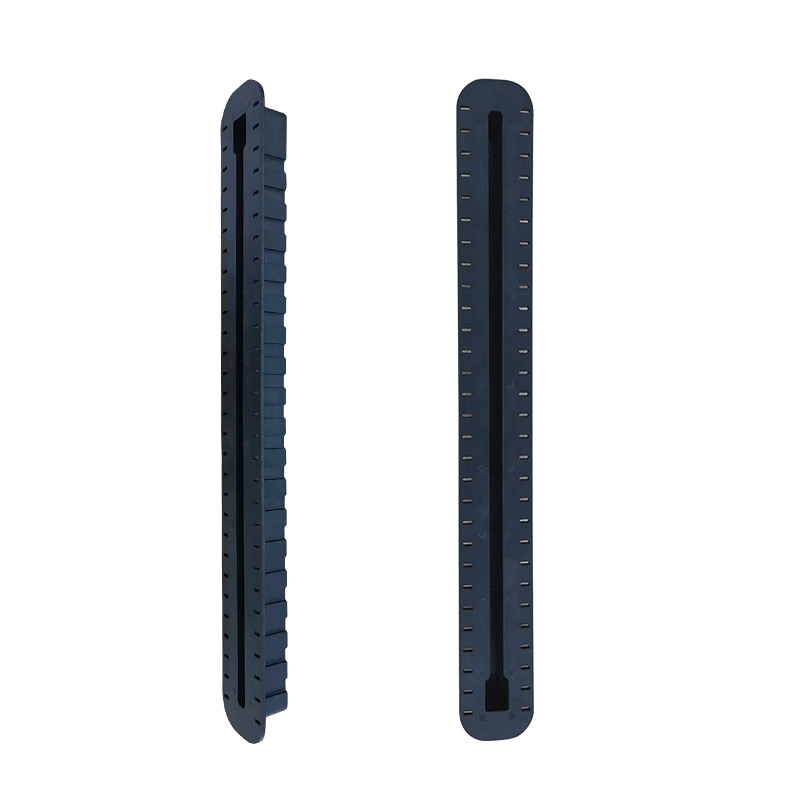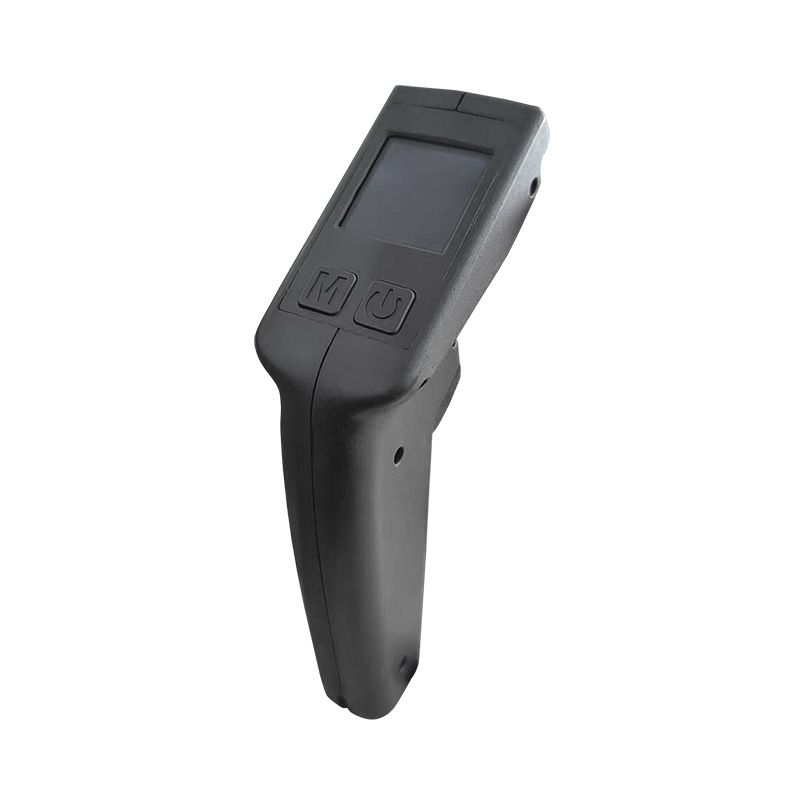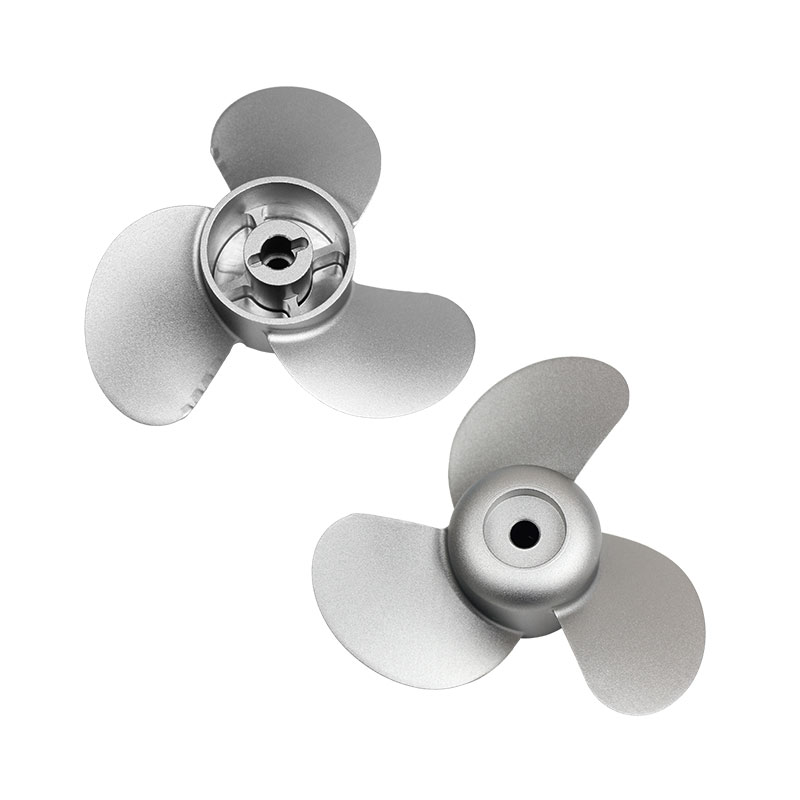Kayaking can be a fun and rewarding outdoor activity, but beginners often make kayak mistakes that can lead to frustration or even danger. In this article, we’ll talk about 6 common kayak mistakes that new kayakers often make, and offer some tips on how to avoid them. By steering clear of these kayaking mistakes, you’ll improve your experience on the water and avoid unnecessary problems.
If you think this article is helpful, welcome to share it with someone who needs it. And if you are interested in custom a kayak paddle, welcome to contact us.
1. Using the Paddle Upside Down
One of the most common kayak mistakes that beginner kayakers make is using the paddle upside down. When I see someone using a paddle incorrectly, it’s like watching someone wear shoes on the wrong feet—it just looks wrong.
The design of a kayak paddle is such that when you’re taking a stroke, the force is evenly distributed on both the top and bottom of the blade. This helps prevent fluttering through the water and provides a steady pull. If you use the paddle upside down, this balance is lost, and you’ll end up with some fluttering, which may be noticeable after a while.
To check if your paddle is upside down, simply look at the logos on the blade. If you can’t read them, or they’re upside down, you’re using it the wrong way. Flip the paddle over to correct it.
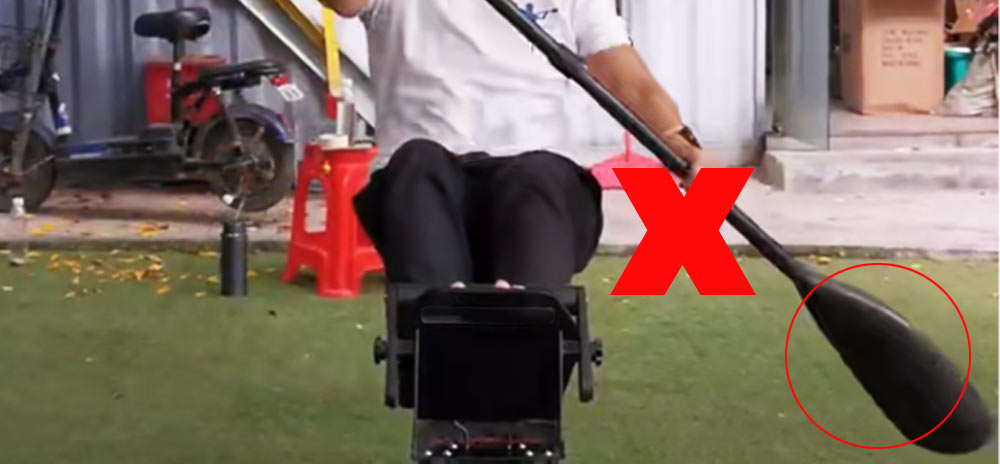
How to avoid this kayak mistake?
- Check the Blade Orientation: Look at the logos on the paddle blade. If the logos appear upside down when you hold the paddle, it means the paddle is upside down. Flip it so the logos are readable.
- Understand the Blade Design: Kayak paddles are designed with a specific shape to optimize strokes. The curve of the blade (if present) should face toward you when you’re paddling. This allows for proper water engagement and minimizes flutter.
- Learn the Right Technique: Ensure your strokes maintain a consistent angle and that you’re pulling the paddle evenly through the water. Proper technique complements the correct blade orientation and improves efficiency.
- Practice Consistently: Spend time on the water practicing with the correct paddle orientation. Muscle memory will develop over time, and you’ll naturally position the paddle correctly.
By taking these steps, you’ll paddle more effectively and avoid the imbalance and inefficiency caused by using the paddle upside down. Plus, you’ll look like a pro, not a novice!

2. Not Using the Drip Rings Properly
Drip rings are designed to stop water from running down the paddle shaft and into your hands and arms after a stroke. Without them, you’ll get soaked and end up shivering from the cold water. A common kayak mistake is positioning the drip rings too close to your hands, as they’ll still allow water to run down your arms. The goal is to have the drip rings far enough down to let water drop off before reaching your hands.
Tips for Using Drip Rings
- Position the Drip Rings Correctly: Place the drip rings a few inches away from where your hands grip the paddle. This distance allows water to drip off the rings before reaching your hands, preventing it from running down your arms.
- Adjust for Your Stroke Style: If you notice water still getting to your hands, reposition the drip rings slightly farther down the paddle shaft. Proper placement depends on how you paddle, so adjust until you find the sweet spot.
- Avoid Using Drip Rings as Hand Markers: Some beginners use the drip rings as a guide for hand placement, but this positions them incorrectly. Focus on proper hand positioning independently of the drip rings.
- Inspect the Drip Rings Regularly: Make sure the drip rings are secure and intact. Replace them if they become loose or damaged to ensure they continue to function effectively.
3. Not Being Prepared for a Flip
Even if you think the chance of flipping your kayak is low, you should always be prepared for it. Or it will be a very serious kayaking mistake, because accidents can happen, and you need to know what to do if you find yourself in the water.
Start with your life jacket. It won’t do you any good if it’s just sitting over your shoulders or stored in the back of the boat. Wear it properly so that it’s ready to do its job if needed. Investing in a paddling-specific life jacket will ensure comfort during long days on the water.
Dress for immersion, especially when the air is warm but the water is cold. You might feel fine in a t-shirt, but if you end up in cold water, hypothermia could set in quickly. While you don’t need to wear a dry suit all the time, you should still have protection. A thin wetsuit or a product like NRS Hydroskin provides great coverage for cool waters. Don’t let this kayaking mistake affect your water adventure.
Additionally, always store items that can’t get wet, like your wallet and phone, in a dry bag, and clip it to your kayak. This ensures that in case you flip, you won’t lose your valuables.
Guide About Kayak Flip Practice
- Wear Your Life Jacket Correctly: A life jacket is your first line of defense in case of a flip. Make sure it fits snugly and is properly secured. A paddling-specific life jacket is ideal, offering comfort and freedom of movement without compromising safety. Never store it in the boat or wear it loosely—it won’t help if it’s not on properly.
- Dress for the Water, Not the Air: Even if the air temperature is warm, cold water can pose serious risks like hypothermia. Dress appropriately for immersion by wearing a wetsuit or a thermal layer like NRS Hydroskin. For colder conditions, consider a dry suit for maximum protection.
- Practice Self-Rescue Techniques: Knowing how to get back into your kayak after a flip is critical. Practice self-rescue methods in a controlled environment, like calm waters near the shore. Familiarize yourself with using a paddle float or re-entry techniques so you’re prepared in an emergency.
- Secure Your Valuables: Store essential items such as your phone, wallet, and keys in a waterproof dry bag. Clip the bag securely to your kayak to prevent losing it in the event of a flip.
- Keep Calm and Stay with Your Kayak: If you flip, the kayak is your best flotation aid. Hold onto it and stay calm while assessing the situation and working on your self-rescue.
Being prepared for a kayak flip isn’t just about safety—it also boosts your confidence, allowing you to paddle with peace of mind and enjoy your time on the water. So, don’t make this kayak mistake.

4. Wearing Flip-Flops
Wearing flip-flops while kayaking is a big kayaking mistake. They’re not designed to handle rugged terrain or provide stability when carrying your boat across rocky or uneven surfaces. You’ll likely end up with bruised or cut-up feet, which is not fun for anyone.
Instead of flip-flops, invest in proper water shoes or booties. Water shoes offer drainage, so water that enters the shoe will drain out, making them ideal for stand-up paddling and canoeing. If you’re in a whitewater or sea kayak, booties are a better choice. They’re flexible and will fit better in the tight spaces of these kayaks. Neoprene booties are also warmer than water shoes, so they’re a good choice for cooler conditions.
5. Not Practicing Getting Back Into the Kayak
One of the most important things to practice before heading out on the water is getting back into your kayak from the water. If you’ve never done this before, it’s crucial to know whether you can do it. You don’t want to figure that out in the middle of a lake, when it’s cold, and when you’re feeling a bit panicked.
If you can’t get back into your kayak, you may need to stay close to shore or have a plan for your paddling partners to help. If you’ve practiced and are confident you can get back into the kayak, you’ll be able to paddle further from shore and have more freedom to explore. To avoid this kayaking mistake, the most important is the practice.
How to Practice?
- Start in Controlled Conditions: Practice in a calm, shallow area where you can stand if needed. Use a buddy system for safety.
- Learn Assisted and Solo Techniques: Familiarize yourself with both solo re-entry methods and assisted rescues for varied situations.
- Use Proper Gear: A paddle float or stirrup can make solo re-entry easier, so ensure you’re equipped with the right tools.
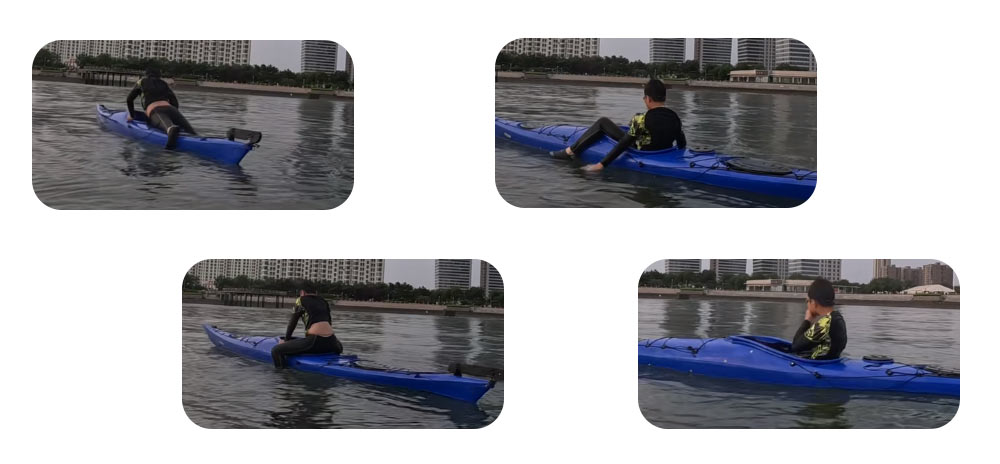
6. Bridging Your Kayak at the Launch
When launching your kayak from a slope, a common kayaking mistake is “bridging” the kayak, where the boat is positioned at an angle that makes it unstable. This can lead to an easy capsize as you try to get in. To avoid this, always pull your kayak parallel to the shore. This will provide stability as you enter the kayak, preventing a tip-over right at the launch. By launching in this way, you’ll save yourself from unnecessary falls and embarrassment.
The Right Way to Launch:
- Position Parallel to the Shore: Pull your kayak alongside the shore so it’s evenly supported by the water, creating a stable platform for entry.
- Step in Gradually: Keep your weight low and centered as you step in, avoiding sudden movements that could destabilize the kayak.
- Practice for Smooth Launches: Familiarize yourself with proper launch techniques in different conditions to make entering your kayak effortless and safe.
Conclusion
Kayaking is an enjoyable and safe activity when done correctly, and avoiding these common kayak mistakes will help ensure that your time on the water is fun and stress-free. Whether it’s using the paddle correctly, wearing the right footwear, or practicing safety procedures, these simple tips will make a huge difference in your kayaking experience. I hope this article has helped the new kayaker avoid looking like a doofus on the water. If you found these tips useful, welcome to share someone’s need, thank you.

